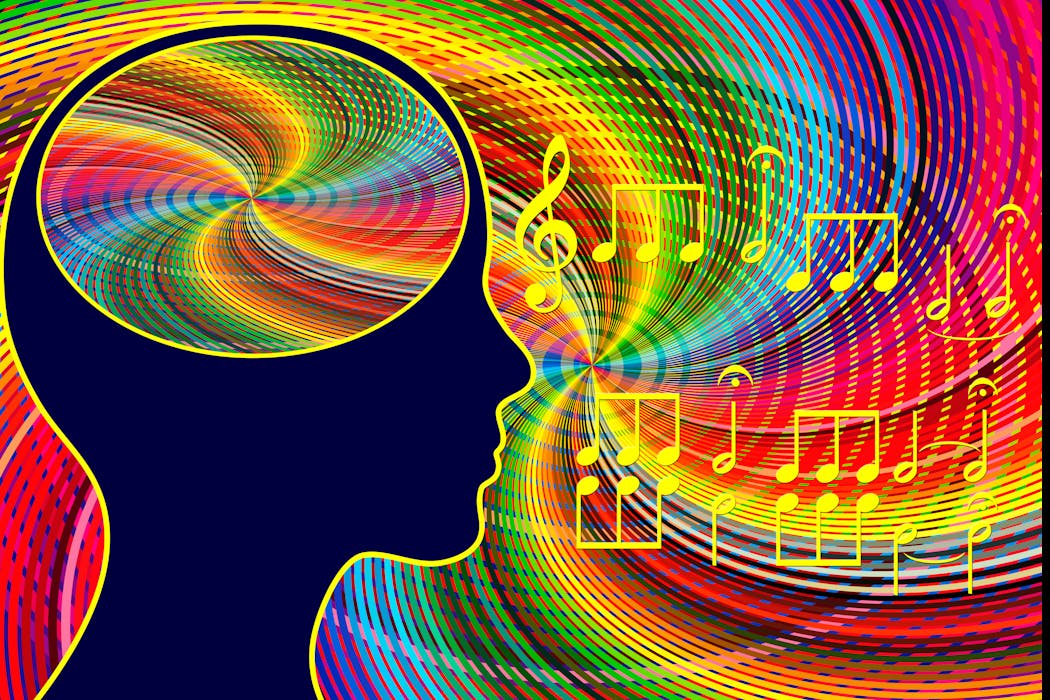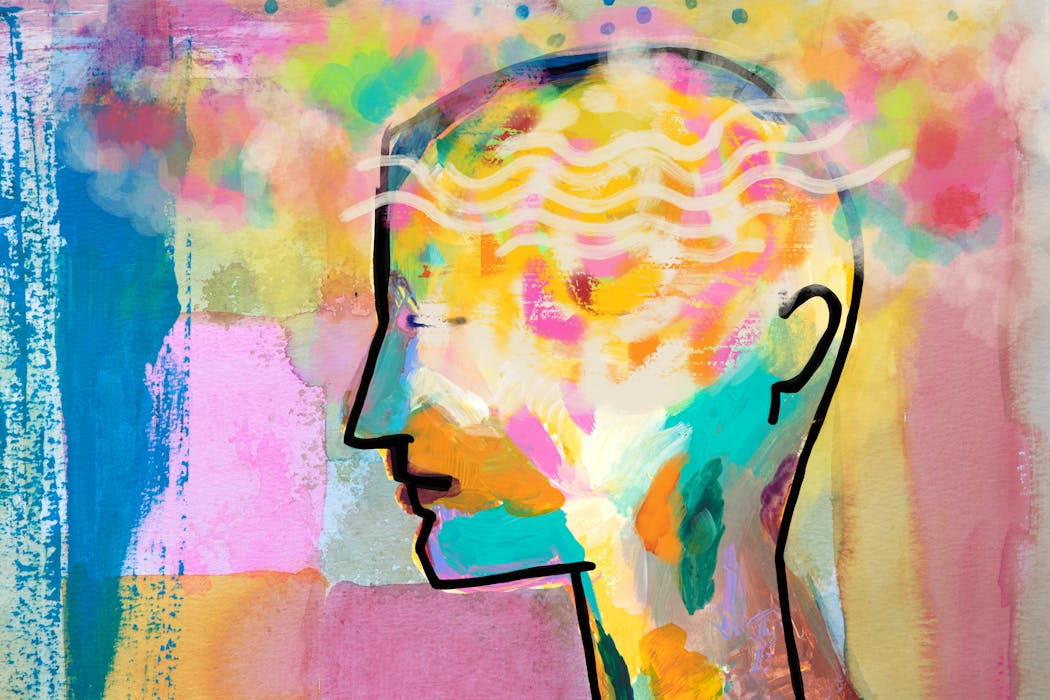Dance therapy, also known as dance movement therapy, is a form of expressive therapy that uses movement and dance to support intellectual, emotional, and motor functions of the body. It is based on the belief that the mind and body are interconnected, and that movement can be used as a tool to promote healing and overall well-being. Dance therapy can be used to address a wide range of physical, emotional, and psychological issues, making it a versatile and effective form of therapy for individuals of all ages and abilities.
Dance therapy is often used as a complementary treatment for chronic conditions such as arthritis, Parkinson’s disease, fibromyalgia, and multiple sclerosis. It can also be beneficial for individuals dealing with mental health issues such as depression, anxiety, and PTSD. The practice of dance therapy is rooted in the belief that movement and expression can help individuals tap into their inner emotions and experiences, leading to a greater sense of self-awareness and empowerment. By incorporating dance into therapy sessions, individuals are able to explore their feelings and experiences in a non-verbal way, allowing for a deeper level of self-expression and understanding.
Understanding Chronic Conditions and their Impact
Chronic conditions are long-term health issues that often require ongoing management and treatment. These conditions can have a significant impact on an individual’s physical, emotional, and psychological well-being, leading to decreased mobility, increased pain, and feelings of isolation and depression. Chronic conditions can also affect an individual’s ability to engage in daily activities and maintain a sense of independence, leading to a decrease in overall quality of life. It is important for individuals with chronic conditions to have access to a variety of treatment options that address both the physical and emotional aspects of their condition in order to achieve optimal health and well-being.
Chronic conditions can vary widely in their symptoms and severity, making it important for treatment plans to be tailored to the individual’s specific needs. In addition to medical interventions such as medication and physical therapy, complementary therapies such as dance therapy can play a valuable role in helping individuals manage their chronic conditions. By addressing the emotional and psychological impact of chronic conditions, dance therapy can help individuals cope with the challenges they face on a daily basis, leading to improved overall quality of life.
The Power of Movement and Expression in Dance Therapy
The practice of dance therapy is based on the belief that movement and expression can be powerful tools for promoting healing and well-being. Through the use of dance and movement, individuals are able to tap into their inner emotions and experiences in a non-verbal way, allowing for a deeper level of self-expression and understanding. This can be particularly beneficial for individuals with chronic conditions who may struggle to communicate their feelings and experiences through traditional talk therapy. By engaging in movement-based activities, individuals are able to express themselves in a way that feels natural and authentic, leading to a greater sense of self-awareness and empowerment.
In addition to promoting self-expression, dance therapy can also help individuals improve their physical functioning and mobility. The practice of dance therapy often involves a combination of stretching, strengthening, and balance exercises, which can help individuals improve their overall physical fitness and reduce pain and stiffness associated with chronic conditions. By incorporating movement into therapy sessions, individuals are able to improve their physical health while also addressing the emotional and psychological impact of their condition.
Case Studies: Success Stories of Dance Therapy for Chronic Conditions
There are numerous success stories that highlight the positive impact of dance therapy on individuals with chronic conditions. One such example is the case of Sarah, a 55-year-old woman with rheumatoid arthritis. Sarah had been struggling with chronic pain and stiffness for years, which had significantly impacted her ability to engage in daily activities and maintain a sense of independence. After incorporating dance therapy into her treatment plan, Sarah experienced significant improvements in her physical functioning and overall quality of life. Through the practice of dance therapy, Sarah was able to improve her flexibility and reduce her pain levels, allowing her to engage in activities that she had previously thought were impossible.
Another success story comes from the case of Michael, a 65-year-old man with Parkinson’s disease. Michael had been experiencing tremors and difficulty with balance and coordination, which had led to feelings of frustration and isolation. After participating in a dance therapy program specifically designed for individuals with Parkinson’s disease, Michael experienced improvements in his motor functioning and overall sense of well-being. Through the practice of dance therapy, Michael was able to improve his balance and coordination, leading to increased confidence and a greater sense of independence.
The Science Behind Dance Therapy: How it Affects the Brain and Body
The practice of dance therapy has been shown to have a profound impact on both the brain and body. Research has demonstrated that engaging in movement-based activities such as dance can lead to changes in brain chemistry, including an increase in the production of endorphins, which are natural mood-boosting chemicals. This can lead to improvements in mood and overall sense of well-being for individuals with chronic conditions. In addition, dance therapy has been shown to improve physical functioning by increasing flexibility, strength, and balance, which can help individuals manage the symptoms associated with chronic conditions.
Furthermore, dance therapy has been shown to have a positive impact on cognitive functioning for individuals with chronic conditions. Engaging in movement-based activities can help improve memory, attention, and executive functioning, leading to improvements in overall cognitive health. This can be particularly beneficial for individuals with conditions such as Parkinson’s disease or multiple sclerosis, which can impact cognitive functioning over time. By incorporating dance therapy into treatment plans for chronic conditions, individuals are able to improve both their physical and cognitive health, leading to a greater overall sense of well-being.
Incorporating Dance Therapy into Treatment Plans for Chronic Conditions
Incorporating dance therapy into treatment plans for chronic conditions can be an effective way to address both the physical and emotional aspects of these conditions. By engaging in movement-based activities such as dance, individuals are able to improve their physical functioning while also addressing the emotional impact of their condition. This can lead to improvements in overall quality of life for individuals with chronic conditions, allowing them to better manage their symptoms and maintain a sense of independence.
When incorporating dance therapy into treatment plans for chronic conditions, it is important for therapists to take into account the specific needs and abilities of each individual. This may involve tailoring movement-based activities to accommodate physical limitations or cognitive impairments associated with certain chronic conditions. By creating individualized treatment plans that address both the physical and emotional aspects of chronic conditions, therapists can help individuals achieve optimal health and well-being.
Finding a Dance Therapy Program Near You
For individuals interested in incorporating dance therapy into their treatment plan for chronic conditions, there are a variety of resources available to help them find a program near them. Many hospitals and rehabilitation centers offer dance therapy programs specifically designed for individuals with chronic conditions such as arthritis, Parkinson’s disease, fibromyalgia, and multiple sclerosis. In addition, there are numerous community-based organizations that offer dance therapy classes for individuals of all ages and abilities.
When looking for a dance therapy program near you, it is important to consider the specific needs and abilities of the individual with the chronic condition. This may involve seeking out programs that are specifically designed for individuals with certain chronic conditions or programs that offer adaptive movement-based activities for individuals with physical limitations. By finding a program that meets the specific needs of the individual with the chronic condition, they can experience the many benefits that dance therapy has to offer.
Find out how Torongo Therapyplus can help you with your needs. Get in touch with us at smile@torongo.life, or call us on 02 8809 9965.































